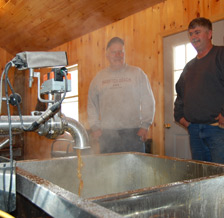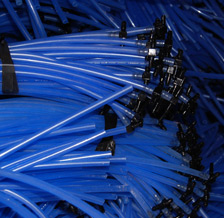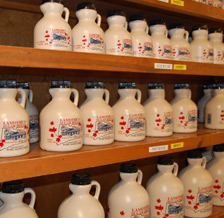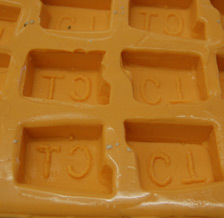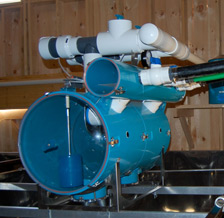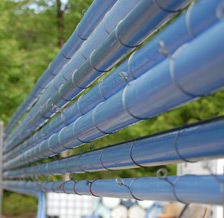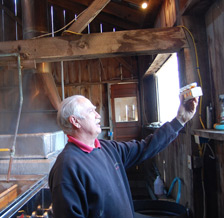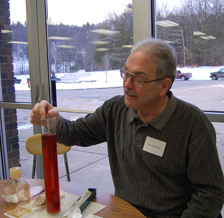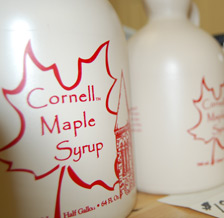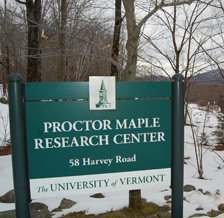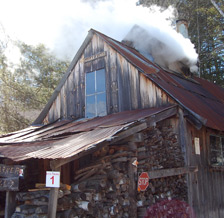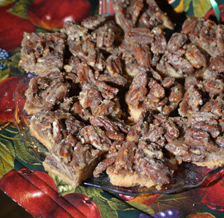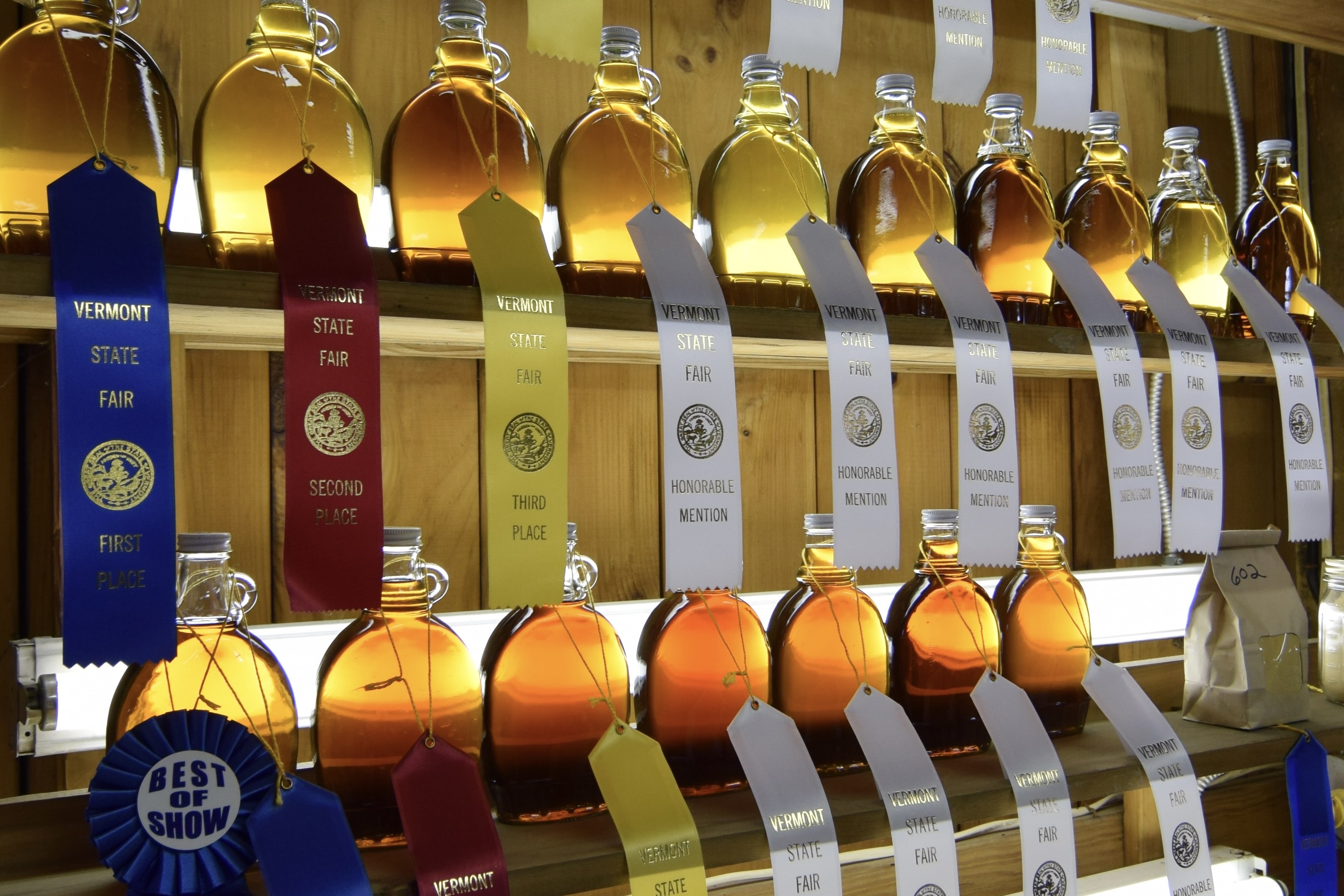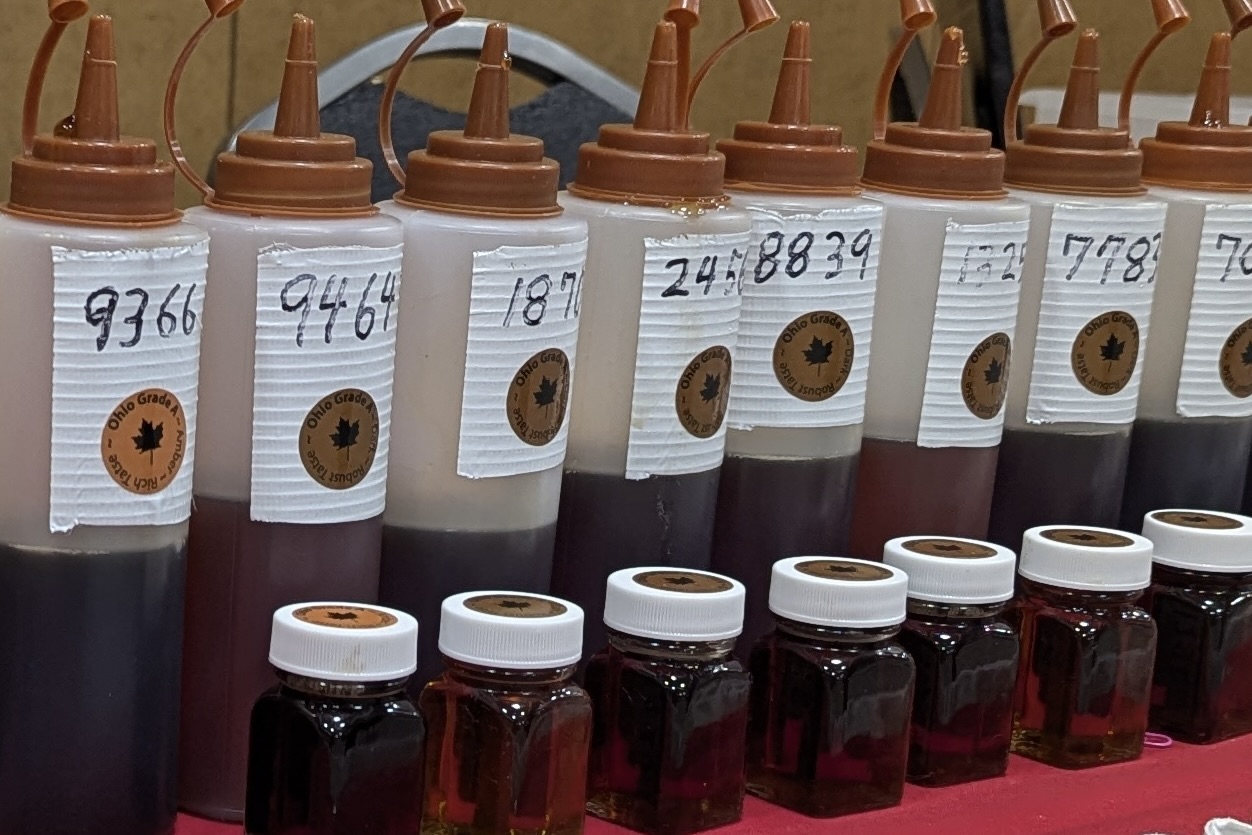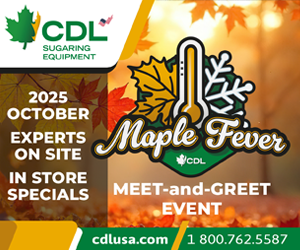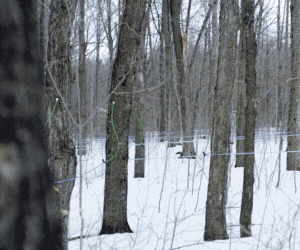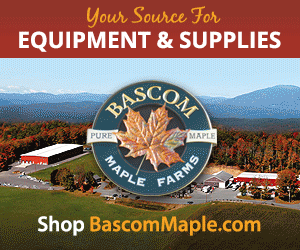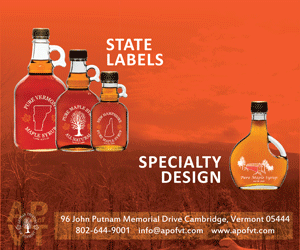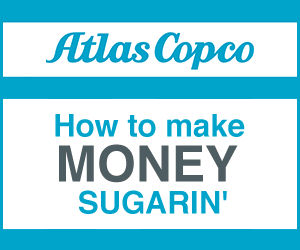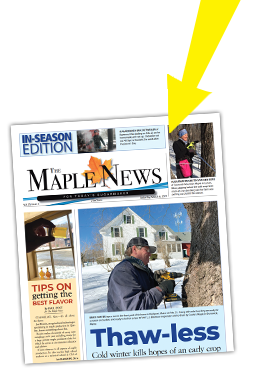Headlines
How color and flavor determine quality in syrup
Factors to consider
By LES OBER, OSU EXT. | SEPTEMBER 23, 2025
BURTON, Ohio—The requirements for USDA Grade Maple Syrup are a density of not less than 66 brix and not over 68.9.
This may vary by state of origin.
The sample must be clear not cloudy. What about Color?
It has been used to identify the different grades from the beginning.
Is this the most important grade characteristic? What about flavor? Flavor often sells your product and is very important to the consumer.
Does that make Flavor more important than Color? Because they are often considered to be interrelated, the answer to this question is often up for debate?
Let’s take a “Deeper Dive” into the role that Color and Flavor play in determining the quality of pure maple syrup.
Maple sap coming from the tree is a sterile liquid made up of sugars, amino acids, minerals and other compounds.
The sugar present in sap is 98% Sucrose, a complex sugar, made up of two simple sugars, Glucose and Fructose.
The two sugars make up the Invert Sugars which have a direct impact on the consistency of maple syrup and maple products.
Once the sap is exposed to the outside environment, microbial colonies begin to form and expand.
The microbes are directly responsible for a chemical reaction that breaks down the complex sugar into simple sugars.
The chemical reaction (inversion) is called hydrolysis, which can occur in two ways.
The first is Enzymatic Hydrolysis, occurring naturally by microbial activity utilizing an enzyme to break the chemical bonds.
The second is non-enzymatic hydrolysis, which involves chemical reactions between amino acids and reducing sugars.
Once the liquid is heated browning occurs (the Maillard Reaction).
The result is a liquid with a variable color that ranges from amber to dark with an equally variable flavor.
The maple flavor ranges from a delicate maple flavor to a tolerable but sometimes overly robust to strong flavor.
The flavor often matches the color descriptor but not always.
It is not uncommon to have samples that are in one color range, but the flavor can be totally different.
As the season goes on the flavor can change into a very undesirable off flavor such as Sour Sap or Buddy Syrup.
Producers need to understand the difference and why they occur.
Let’s look at what happens during the evaporation process.
In the late 1950’s research by C.O. Wilitz determined that as the sap boils and the density (brix level) increases three things happen: 1. pH level of the syrup changes 2. Microbial Interaction becomes prominent, 3. The color is impacted as the pH of the sap goes from acidic to alkaline and back to acidic.
The change in pH level is involved in determining the color of the liquid.
As the temperature rises and density (brix level) increases and pH changes throughout the process.
He found that the color is set when the temperature of the rising brix level meets the temperature of the declining pH level.
The closer this is to the pH of 7 (neutral pH), the lighter the syrup.
The higher the pH is above 7 the darker the syrup.
What he did not fully realize was the impact his discoveries were having on flavor.
Additional research by Chenard and Gagnon Quebec, Canada in 1997 and again in 2006 by Dr. Timothy Perkins/Proctor research staff, showed how much both the color and the flavor were influenced by microbial growth during the collection, storage and evaporation process.
Much of this research is summarized in a 2009 report: Maple Syrup-Production, Composition, Chemistry and Sensory Characteristics written by Dr. Tim Perkins and Dr. Abby Van den Berg, Proctor Maple Research Center.
A good read if you want to know more about the transformation of sap into syrup.
The research recognizes over 130 flavor compounds that can be present in Maple syrup.
Using our taste buds to sort through this array of flavors is a daunting task.
Adding to the flavor mix are the mineral flavor enhancements that come from regional differences in flavor due to soil mineral composition.
Maple syrup also has the unique capability of absorbing outside flavors.
This can be a good thing if you are into infused syrups that absorbed flavors like cinnamon or bourbon.
It can also be less of a good thing, if off flavors suddenly appear.
Off-flavors can be a strong indicator that there is a problem in the system.
This is usually a sanitation problem, from equipment being exposed to contaminated sap containing enough bacteria to destroy the syrups flavor and viscosity (Ropey Syrup).
Because of all this variability flavor remains the hardest characteristics to standardize.
When we label syrup on color alone the results can be deceiving such as the re-appearance of light color syrup at the end of the season.
The light color indicates that the grade is Golden or a high Amber.
The flavor indicates that the syrup is sub-standard and not even Grade A. Dr. Tim Perkins, in the Dec. 2023 edition of the Maple Digest, once again stated that boiling sap increases the Alkalinity reaching a pH of 8 or 9.
As the H20 is boiled off and density of the liquid increases (brix level) the pH of the liquid becomes more acidic.
As the syrup finishes the pH drops back to 7.0. Normally this would occur at a pH of 7 or above.
However, at the end of the season, due to warm weather and poor sanitation, pH levels drop excessively, and the liquid becomes extremely acidic.
As a result, the sap reaches 66 brix before the pH rises above 7.0 This causes the syrup to remain light in color.
The result is light color syrup with a bad off-flavor that is unsalable.
This highlights the importance of placing too much emphasis on one element of syrup evaluation.
In this case Mother Nature is fooling producers into thinking their season has just turned round.
Everything that glitters like gold is not always gold. It pays to do your homework in the off season to improve your maple operation.
Look for the little things, that when improved, can make a big difference.
It is up to producers to eliminate the possible sale of the syrups containing off flavors.
They must realize every time a bottle of their syrup is placed on a shelf the producers’ reputation is on the line.
For the consumer, the choices are simple when it comes to buying a product off the shelf.
It comes down to complete product satisfaction or fool me once and you will not have a second chance to fool me again.

